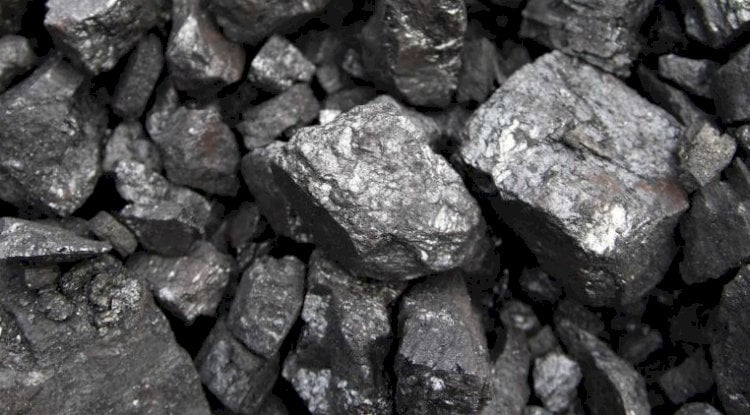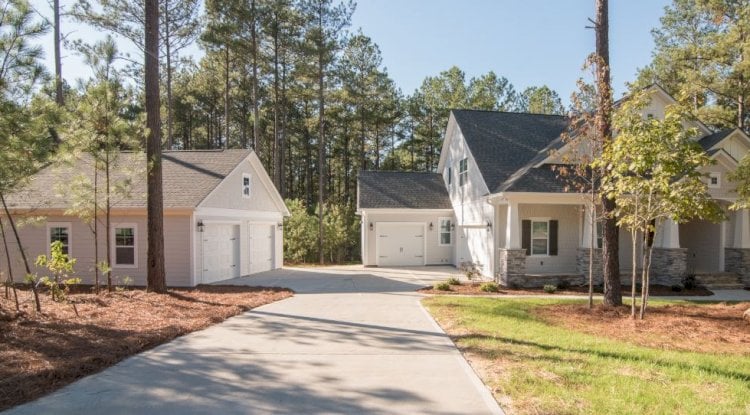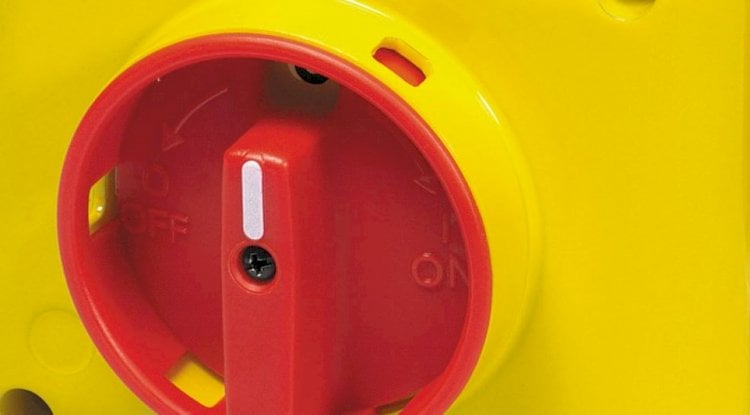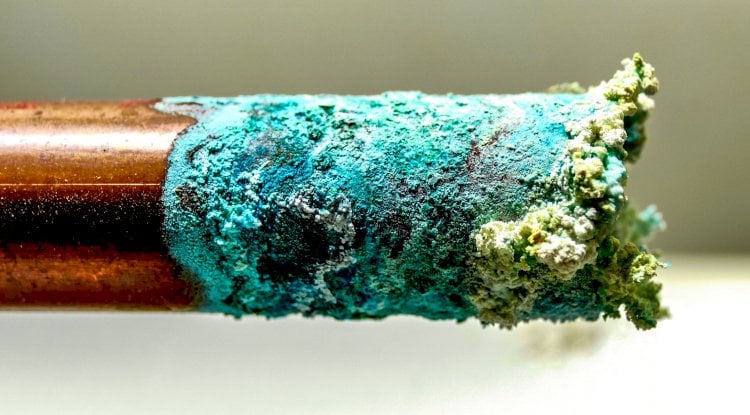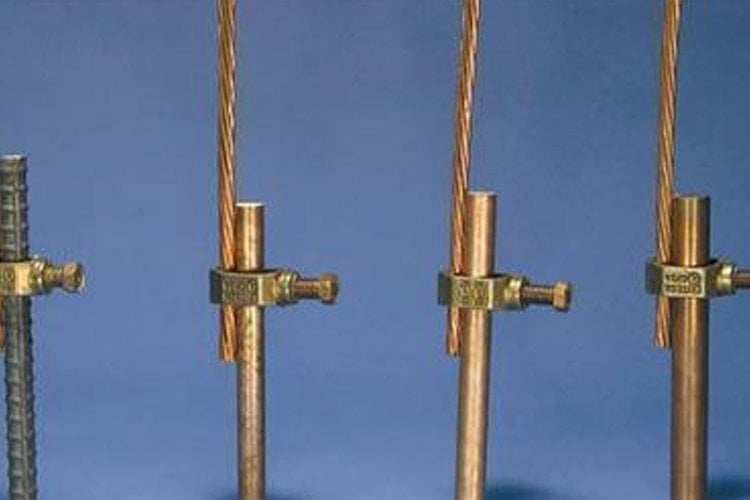Touri Asked:
Can you please tell me which IEC article bans the use of carbonaceous backfills for earth electrodes?
Our Answer:
E&S Grounding are not fans of using carbonaceous breeze or coke breeze around our earthing electrodes as it tends to corrode electrodes. Before we go any further, it is worth noting that there are differing terminologies used with in the industry for what ”Coke Breeze” and ”Carbonaceous Breeze” even is. There are two main types of Coke:
1). Coke Fuel, and
2). Petroleum Coke – Which can be further categorized into 4 sub-types:
- Needle coke,
- Honeycomb coke,
- Sponge coke,
- Shot coke.
In the grounding and earthing industry, we are generally interested in Refined Honeycomb Coke. This is because refined honeycomb coke has been cooked at high temperatures leaving it with a very low level of sulfur, a low coefficient of thermal expansion, and very low in electrical conductivity. Unfortunately, we do not see a very clear definition within the grounding and earthing industry about what types of coke / carbonaceous breeze is acceptable.
In BS 7430:2011+A1:2015 Article 9.2.2 we find that the code actually prohibits using any form of coke breeze at all.
However, we find the following statement int Motorola R56 2005 and a similar statement in FAA Std 019: “The use of charcoal or petroleum based coke breeze is not recommended as it may result in rapid corrosion of copper electrodes and copper conductors (BS 7430:1998, clause 8.5; BS 6651:1999, clause 18.4.2; and FAA STD 019d-2002, section 3.8.3.5). Charcoal and petroleum based coke typically contains high levels of sulfur, which in the presence of moisture will accelerate corrosion. Coke breeze derived from coal in coke ovens is generally considered acceptable; all the corrosives and volatiles have been cooked off at extremely high temperatures (FAA STD 019d-2002, section 3.8.3.5).”
As you can see by looking at the two differing standards above, there are some differences between the standards. The IEC simply bans all form of coke / carbonaceous breeze, while the American code makers differentiate the use of low-sulfur coke breeze as being acceptable.

However, in the 2007 ”National Electrical Grounding Research Project” conducted by the Fire Protection Research Foundation, we find mixed results for all forms of backfill material when compared to native earth. This research project subjected numerous differing electrode types, in multiple soil conditions, to various earthing enhancement products, over a 10 to 17 year time frame and documented the results. In some cases coke breeze products only caused minimal corrosion to the electrodes, and in other cases it caused catastrophic damage to the electrodes. This included coke breeze products that met the low-sulfur requirements.
E&S generally recommends that you simply install your below-grade earthing and grounding systems in native soil or clean fill. No backfill materials required.
The Engineering Experts at E&S Grounding Solutions

